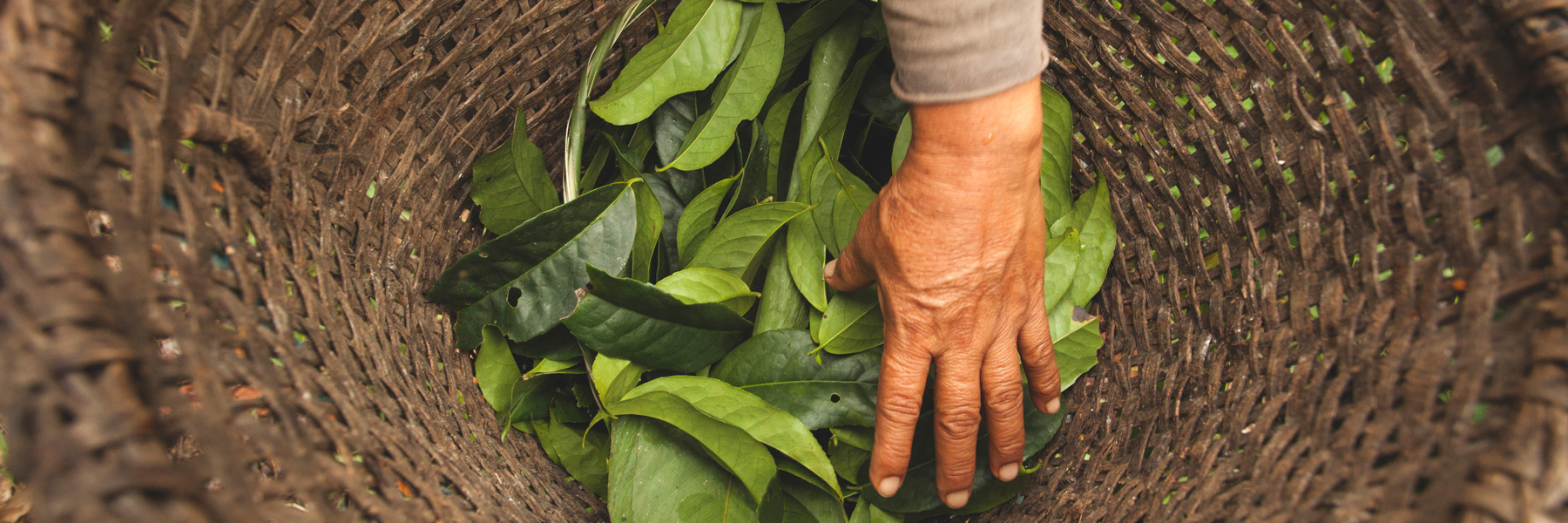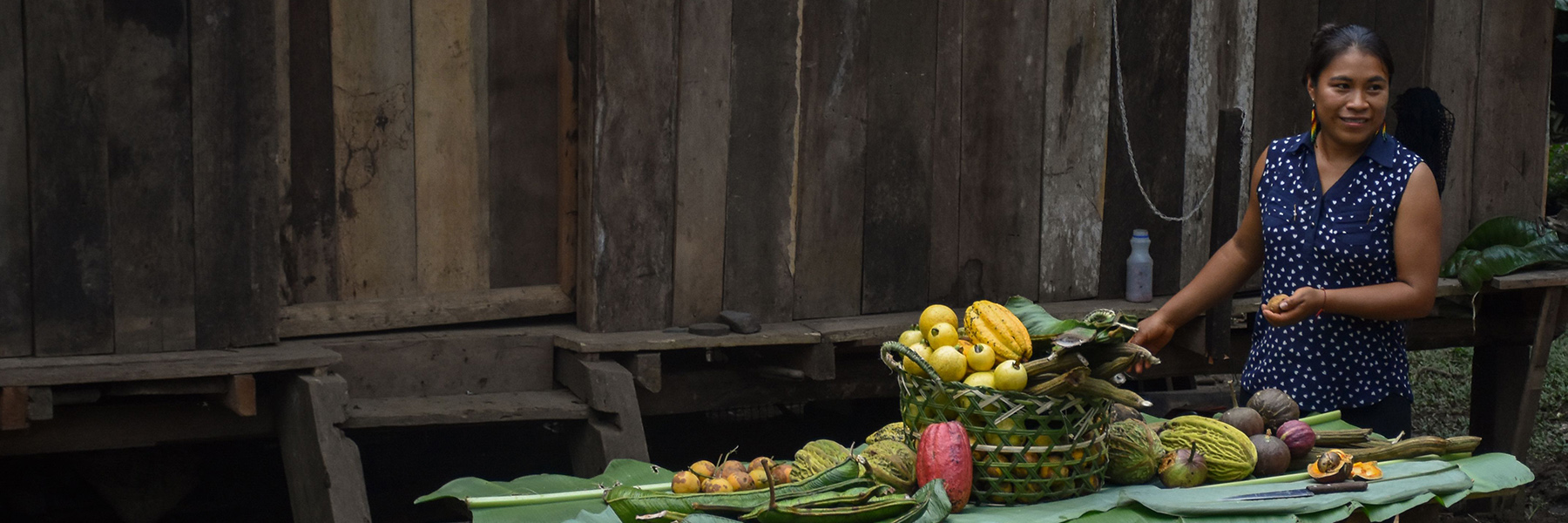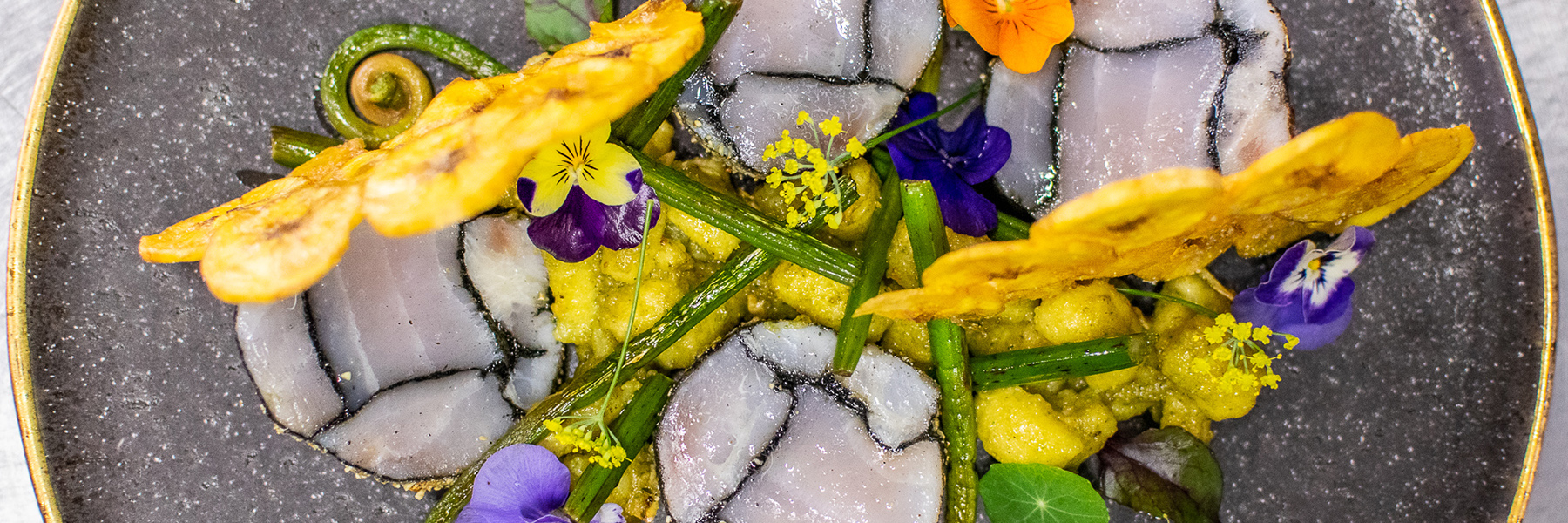We build connections
between rainforest communities and markets for sustainable
natural products to support conservation of the Amazon.
Helping rainforest producers to connect to new markets.
Canopy Bridge partners with rainforest producers to engage effectively with new markets and generate more income from sustainably managed forests and farms.
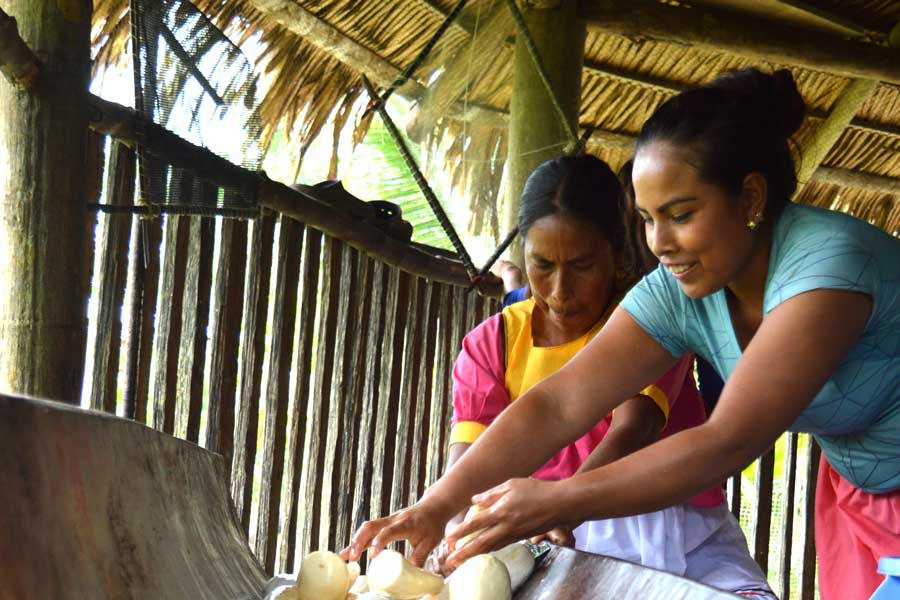
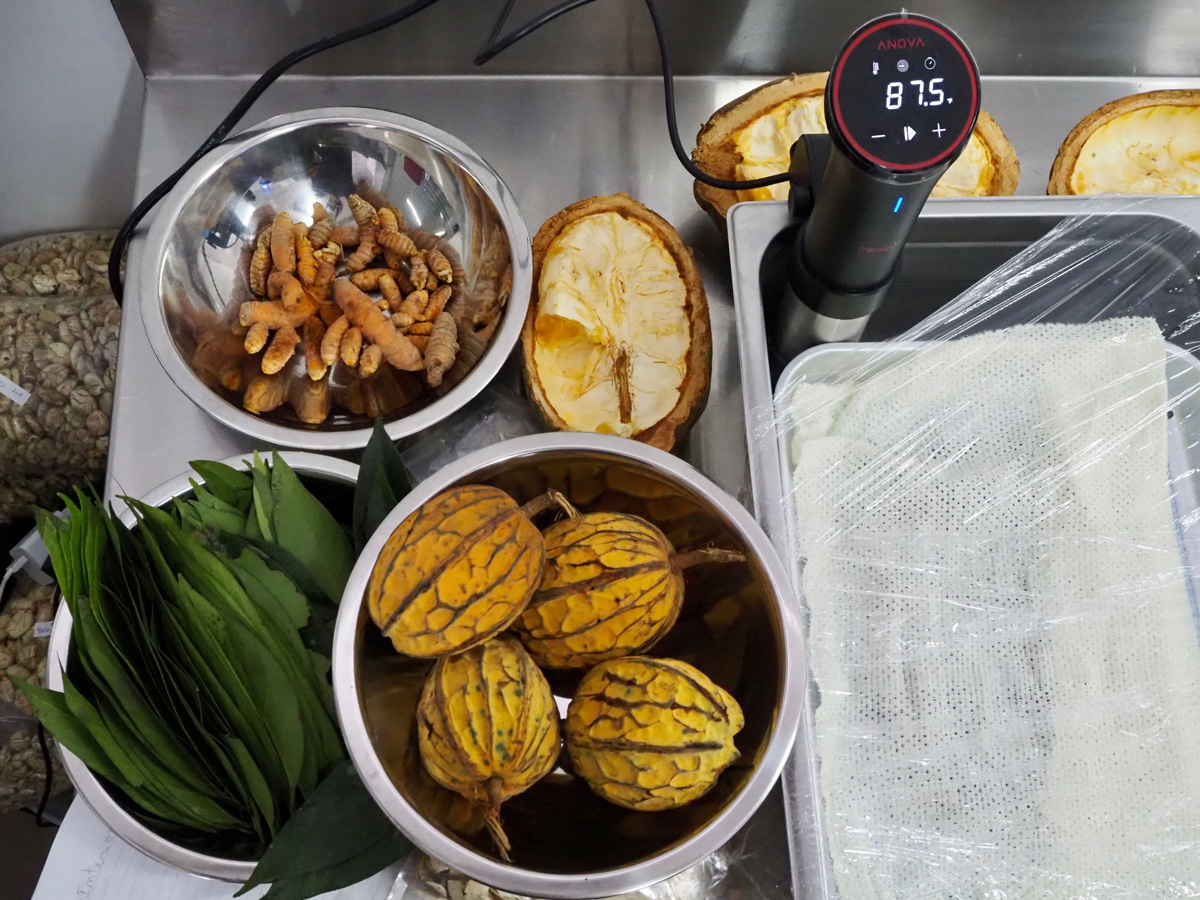
R+D for new rainforest food products
Our food innovation laboratory and test kitchen in the Ecuadorian Amazon enables us to prototype exciting new food products.
Building an Amazon
rainforest-to-table food movement
We work with chefs, communities, scientists, activists and entrepreneurs across the countries of the Amazon to build excitement about rainforest foods.

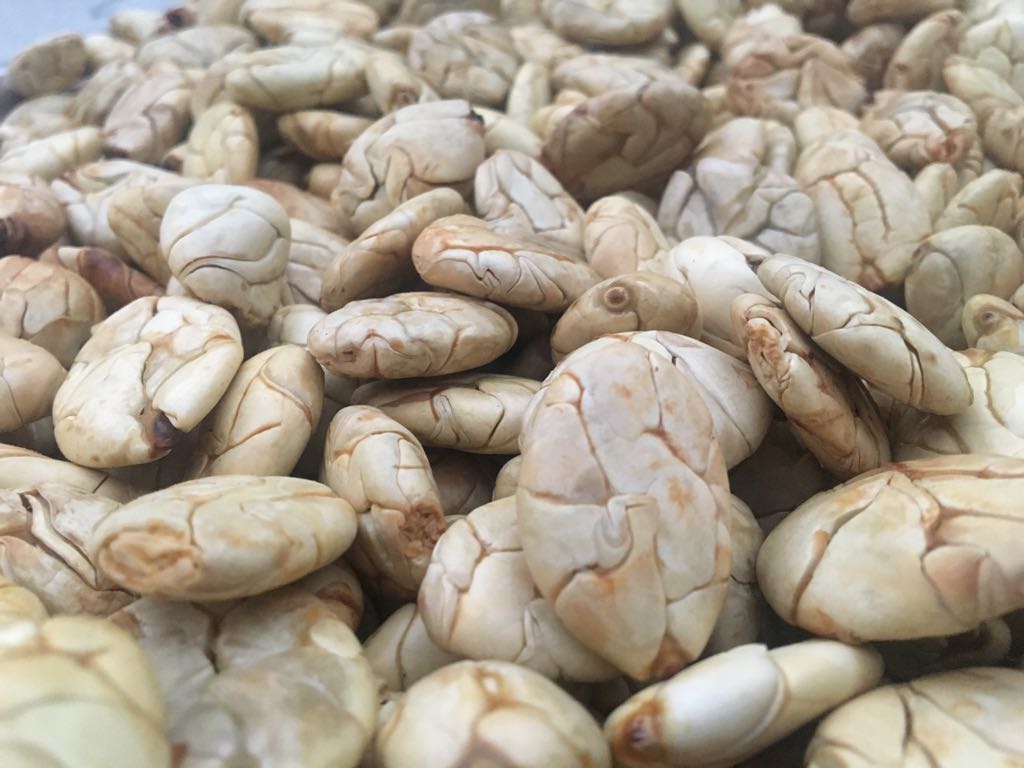
Rainforest Food Products
Working in close partnership with local communities, we market and sell select rainforest products including macambo and others.
Directory
Find producers all over the world

